Home>Garden Essentials>How To Overseed Grass
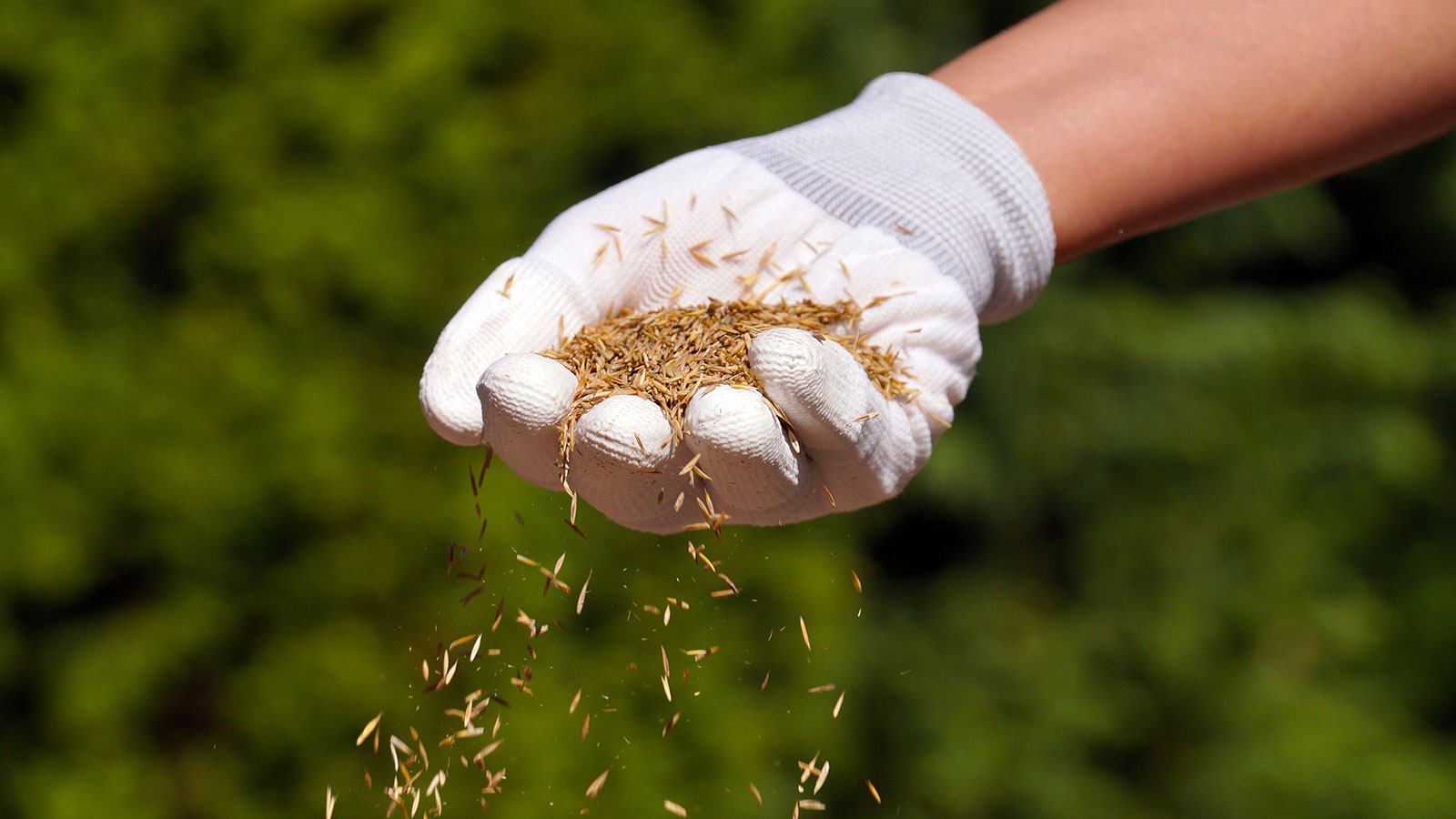

Garden Essentials
How To Overseed Grass
Modified: March 21, 2024
Looking to improve your garden? Learn how to over seed grass and achieve a lush, healthy lawn with our step-by-step guide.
(Many of the links in this article redirect to a specific reviewed product. Your purchase of these products through affiliate links helps to generate commission for Storables.com, at no extra cost. Learn more)
Introduction
Welcome to the wonderful world of gardening! Whether you are a seasoned gardening enthusiast or just starting out, one thing is for certain – a lush, green lawn is a true symbol of pride and beauty. However, maintaining a healthy lawn requires some effort and knowledge. One essential technique that can help revitalize your lawn is overseeding grass.
Overseeding grass involves spreading additional grass seed over an existing lawn. This process helps fill in thin or bare spots, improve density, and enhance the overall health and appearance of your lawn. By introducing new grass seed, you can breathe new life into your lawn and promote a more vibrant and resilient turf.
There are various benefits to overseeding grass. Firstly, it can help repair damaged areas caused by foot traffic, pests, or disease. By filling in these areas with fresh grass seed, you can restore the uniformity and health of your lawn. Secondly, overseeding can help improve the density of your grass, reducing weed invasion and creating a thicker, more luxurious carpet of green. Lastly, by selecting the appropriate grass seed for your climate and soil type, you can introduce grass varieties that are more resistant to pests and diseases, resulting in a more resilient and sustainable lawn.
Knowing when to overseed your lawn is crucial. The best time to overseed cool-season grasses, such as Kentucky bluegrass or fescue, is during the early fall or spring when the temperatures are mild, and there is ample moisture in the soil. Warm-season grasses, like Bermuda or Zoysia grass, are best overseeded in the late spring or early summer when the soil is warm enough to encourage seed germination.
To prepare for overseeding, you need to start by adequately preparing your lawn. This involves mowing the grass to a shorter height than usual and raking or dethatching the area to remove any dead grass, debris, or thatch buildup. This step is essential as it allows the grass seed to make direct contact with the soil, increasing the chances of successful germination.
Choosing the right grass seed is also vital for a successful overseeding project. Consider factors such as your climate, sun exposure, soil type, and desired aesthetics when selecting your grass seed. Consult with garden centers or local experts to find the best grass varieties suitable for your lawn’s unique conditions.
Key Takeaways:
- Overseeding grass can enhance your lawn by filling in bare spots, reducing weed invasion, and creating a more resilient and lush turf. It’s a cost-effective way to rejuvenate your outdoor space.
- Proper preparation, watering, and maintenance are crucial for successful overseeding. Consistency is key, and addressing common issues like uneven germination and seed washout promptly can lead to a beautiful and vibrant lawn.
Read more: How To Overseed Grass In Spring
Benefits of Overseeding Grass
Overseeding grass offers numerous benefits that can improve the health, appearance, and resilience of your lawn. Here are some key advantages of incorporating overseeding into your lawn care routine:
- Enhanced Growth and Density: By introducing new grass seed, overseeding helps promote the growth and density of your existing turf. As the new seeds germinate and establish, they fill in thin and bare patches, creating a lush and uniform lawn.
- Improved Weed Competition: A dense and healthy lawn acts as a natural barrier against weeds. By overseeding, you can create a thick carpet of grass that outcompetes weeds, reducing the need for chemical herbicides.
- Stress Tolerance: Different grass varieties have varying levels of tolerance to factors like heat, cold, drought, and disease. By selectively choosing grass seeds for overseeding, you can introduce new varieties that are better adapted to your local climate and soil conditions, resulting in a lawn that is more resilient and better equipped to handle stressors.
- Improved Pest Resistance: Certain grass species are more resistant to pests and diseases. Overseeding grass with resistant varieties can help minimize the risk of infestations and keep your lawn healthier and more pest-free.
- Thicker Lawn: Thin or patchy lawns can make your outdoor space look less appealing. Overseeding helps thicken the turf, creating a more vibrant and luxurious lawn that enhances the overall aesthetics of your property.
- Erosion Control: If your lawn is on a slope or prone to erosion, overseeding can help stabilize the soil. The new grass roots will help bind the soil particles together, preventing runoff and soil erosion.
- Cost-Effective: Overseeding is a cost-effective way to rejuvenate your lawn compared to other options like complete lawn renovation or sod installation. It requires minimal investment in terms of time, effort, and cost, while delivering significant improvements to your lawn.
By embracing the practice of overseeding, you can greatly enhance the health, beauty, and longevity of your lawn. The benefits extend beyond just appearance, helping create a more resilient and sustainable turf that can withstand the challenges of daily use, pests, diseases, and environmental stressors. So, why wait? Take the step towards a lusher, greener lawn by incorporating overseeding grass into your lawn care routine.
When to Overseed Grass
The timing of overseeding grass is crucial to ensure successful germination and establishment of new seedlings. The best time to overseed your lawn depends on the type of grass you have and your specific climate conditions. Here are some general guidelines to help you determine when to overseed:
Cool-Season Grasses: Cool-season grasses, such as Kentucky bluegrass, fescue, and ryegrass, thrive in regions with cold winters and hot summers. The ideal time to overseed cool-season grasses is during the early fall or spring when the temperatures are moderate, and the soil is still warm. Fall overseeding is especially beneficial as it allows the new grass to establish before winter sets in, giving it a head start in growth and root development. Spring overseeding is suitable for areas where winters are particularly harsh, giving the grass additional time to establish before the summer heat arrives.
Warm-Season Grasses: Warm-season grasses, like Bermuda grass, Zoysia grass, and St. Augustine grass, thrive in areas with hot summers and mild winters. The best time to overseed warm-season grasses is in the late spring or early summer when the soil temperature has warmed up sufficiently. Warm-season grasses are typically grown from plugs, sod, or sprigs, so overseeding is less common for these types of grass. However, if you have patches of thin or bare areas, you can overseed these spots with compatible warm-season grass seeds during the appropriate time frame.
It’s important to note that overseeding should not be done when your grass is already under stress, such as during extreme heat or drought conditions. Additionally, avoid overseeding right before or after applying herbicides or pesticides, as these chemicals can hinder seed germination and growth.
If you are unsure about the best time to overseed in your area, consult with local gardening experts, extension offices, or reputable nurseries. They can provide valuable insight into the specific timing based on your location, climate, and grass type.
Remember that consistency is key when it comes to overseeding. It’s a practice that should be done regularly to maintain a healthy and vibrant lawn. By following the appropriate timing for overseeding grass, you can maximize the chances of successful establishment and enjoy a lush, beautiful lawn throughout the year.
Steps to Prepare for Overseeding
Proper preparation is essential for successful overseeding of your lawn. Taking the time to prepare your lawn will create the ideal conditions for the new grass seed to germinate and establish. Here are the steps to follow to prepare for overseeding:
- Mow the Existing Grass: Start by giving your lawn a thorough mowing. Set your lawn mower to a lower setting than usual to cut the grass shorter. This will allow the new grass seedlings to make direct contact with the soil and receive adequate sunlight for germination.
- Remove Debris and Thatch: Rake the lawn to remove any dead grass, leaves, sticks, and other debris. This step helps create a clean and clear surface for overseeding. If your lawn has excessive thatch (a layer of organic matter), consider using a dethatching machine or power rake to remove it. A thin layer of thatch is beneficial, as it acts as a natural mulch, but excessive thatch can hinder seed-to-soil contact and seed germination.
- Aerate the Soil: If your lawn has compacted soil or poor drainage, consider aerating the area. Aerating involves creating small holes in the soil to allow air, water, and nutrients to reach the grass roots more effectively. This process also helps loosen the soil and improves seed-to-soil contact. You can use a manual or mechanical aerator, depending on the size of your lawn.
- Test and Amend the Soil (Optional): Conduct a soil test to determine the pH level and nutrient deficiencies in your soil. Based on the test results, you may need to amend the soil by adding lime to adjust the pH or applying fertilizer to replenish any nutrient deficiencies. This step helps create an optimal growing environment for the new grass seedling.
- Topdress with Compost (Optional): If your lawn has uneven or compacted areas, consider topdressing with compost. Spread a thin layer (about ¼ to ½ inch) of high-quality compost over the lawn. This step helps improve soil structure, aids in moisture retention, and provides essential nutrients for the new seedlings.
- Water the Lawn: Before overseeding, water your lawn thoroughly. Moist soil will help the grass seed make good contact with the soil and enhance germination. However, do not oversaturate the soil, as it may cause the grass seeds to wash away or hinder germination.
By following these steps, you can create an optimal environment for overseeding your lawn. Proper preparation ensures that the new grass seeds have the best chance of germinating and establishing, resulting in a healthy, lush, and vibrant lawn.
Choosing the Right Grass Seed
Choosing the right grass seed is crucial for a successful overseeding project. Selecting the appropriate grass seed variety that suits your climate, soil type, and lawn usage will ensure optimal growth and long-term viability. Here are some factors to consider when choosing the right grass seed:
- Climate: Different grass species thrive in specific climate conditions. Consider your region’s climate, including temperature ranges, rainfall patterns, and overall weather conditions. Cool-season grasses, such as Kentucky bluegrass and fescue, do well in regions with colder winters and moderate summers. Warm-season grasses, like Bermuda grass and Zoysia grass, thrive in areas with hot and humid summers.
- Sunlight Exposure: Determine how much sunlight your lawn receives on a daily basis. Some grasses, like Bermuda grass and Bahiagrass, require full sun for optimal growth, while others, like fine fescue, tolerate shady conditions better. Choose a grass variety that suits the amount of sunlight your lawn receives.
- Soil Type: Understanding your soil type is critical in selecting the right grass seed. Soil types can range from sandy to loamy to clayey. Each soil type has different drainage and water-retention characteristics. Determine your soil type and choose a grass variety that is well-suited for it. For example, Kentucky bluegrass does well in well-drained loamy soil, while fine fescue can tolerate sandy soil.
- Lawn Usage: Consider how your lawn will be used. Some grass varieties are more suitable for high-traffic areas, while others are better for ornamental purposes. If you have children or pets who will be playing on the lawn frequently, opt for a more durable variety that can withstand heavy foot traffic, such as tall fescue or a hybrid Bermuda grass.
- Water Requirements: Take into account the water requirements of different grass species. Some varieties are more drought-tolerant and require less frequent watering, while others need consistent moisture. If you live in an area with limited water availability or want to maintain a more eco-friendly lawn, choose a grass variety that is known for its water efficiency.
- Aesthetics: Finally, consider the aesthetic qualities you desire for your lawn. Grasses vary in color, texture, and growth habit. Determine the aesthetic appeal you are looking for and select a grass seed variety accordingly. For example, if you prefer a lush, deep green lawn with a fine texture, consider Kentucky bluegrass. If you prefer a coarser texture with a more golden hue, consider Bermuda grass.
Consult with local garden centers, extension offices, or experts in your area to get specific recommendations for grass seed varieties that perform well in your region. They can provide valuable guidance based on your unique lawn conditions and preferences. Remember that selecting the right grass seed is vital for the long-term success of your overseeding project and the overall health and appearance of your lawn.
Read more: How To Overseed Your Grass
Preparing the Lawn for Overseeding
Properly preparing your lawn before overseeding is essential to create the ideal conditions for new grass seedlings to germinate and establish. Here are the steps to follow when preparing your lawn for overseeding:
- Mow the Existing Grass: Start by mowing your lawn to a shorter height than usual. Set your lawn mower to a lower setting to cut the grass down to about 2 inches. This step allows the new grass seedlings to make direct contact with the soil and receive adequate sunlight for germination.
- Remove Debris and Thatch: Rake the lawn to remove any dead grass, leaves, sticks, and other debris. This helps create a clean and clear surface for overseeding. If your lawn has excessive thatch (a layer of organic matter), consider using a dethatching machine or a power rake to remove it. Excessive thatch can hinder the seed-to-soil contact and reduce the success rate of seed germination.
- Aerate the Soil: If your lawn has compacted soil or poor drainage, consider aerating the area. Aerating involves creating small holes in the soil to allow for better air circulation, water penetration, and root growth. You can rent a mechanical aerator or use a manual aerator for smaller lawns. Focus on high-traffic areas or areas with compacted soil to improve the overall health of your lawn.
- Test and Amend the Soil (Optional): Test your soil pH and nutrient levels to determine if any amendments are needed. You can purchase a soil testing kit or send a soil sample to a local agricultural extension office. Based on the test results, you may need to adjust the soil pH with lime or add fertilizers to supply any nutrient deficiencies. This step helps create an optimal environment for seed germination and promotes healthy grass growth.
- Topdress with Compost (Optional): If your lawn has uneven or compacted areas, consider topdressing with compost. Spread a thin layer (about ¼ inch) of high-quality compost over the lawn. This can help improve soil structure, retain moisture, and provide essential nutrients for the new seedlings. Use a rake or a spreader to distribute the compost evenly.
- Water the Lawn: Before overseeding, water the lawn thoroughly. Moist soil allows for better seed-to-soil contact and promotes seed germination. Ensure the soil is moist to a depth of at least 6 inches. However, avoid overwatering, as it can lead to excessive runoff and seed displacement.
By following these steps, you will create an ideal foundation for overseeding your lawn. Proper preparation ensures that the new grass seeds have the best chance of germinating and establishing, resulting in a healthy, thick, and vibrant lawn. Take the time to properly prepare your lawn, and you will be rewarded with beautiful, resilient grass that enhances the overall appearance of your outdoor space.
Tip: Before overseeding your grass, make sure to mow the existing grass short and remove any thatch. This will help the new seeds make better contact with the soil for optimal germination.
Spreading the Grass Seed
Once your lawn is prepared, it’s time to spread the grass seed. Properly distributing the seed ensures even coverage and promotes successful germination. Here are the steps to follow when spreading the grass seed:
- Calculate the Amount of Seed: Determine the amount of grass seed you will need based on the size of your lawn and the recommended application rate for the specific grass seed variety you have chosen. The recommended application rate is typically listed on the seed packaging. Measure your lawn area accurately to ensure you apply the correct amount of seed.
- Select the Spreader: Choose the appropriate type of spreader for your lawn size and personal preference. There are two main types of spreaders: broadcast spreaders and drop spreaders. A broadcast spreader scatters the seed in a wide pattern, while a drop spreader releases the seed from a chute directly to the ground. Ensure the spreader is in good working condition and calibrated correctly for an even distribution.
- Divide the Lawn into Sections: Divide your lawn into smaller sections for easier and more efficient seeding. This method ensures even coverage and helps you keep track of where you have already spread the seed. Mark the sections using string, flags, or other markers, if needed.
- Start Spreading: Begin spreading the grass seed according to the manufacturer’s instructions on the package. If you are using a broadcast spreader, walk at a steady pace, overlapping the passes slightly to ensure complete coverage. For drop spreaders, walk in straight lines, slightly overlapping each pass to avoid missing any spots. Work your way systematically through each section of the lawn, adjusting the spreader settings as needed.
- Apply Seed in Multiple Directions: To achieve even coverage, consider applying the grass seed in multiple directions. This cross-seeding technique helps fill in any gaps and ensures that all areas of the lawn receive adequate seed coverage. Apply the seed in one direction and then apply it perpendicular to the first pass to achieve a crisscross pattern.
- Rake or Roll the Seed: After spreading the seed, gently rake the lawn with a leaf rake or a seed rake to work the seed into the soil surface. This improves seed-to-soil contact and helps prevent the seed from washing away or being eaten by birds. If you have a lawn roller, you can also lightly roll the seeded areas to press the seed into the soil. Be careful not to use excessive force, as it can compact the soil.
- Water the Seeded Areas: Immediately after seeding, water the lawn gently and thoroughly. The goal is to keep the soil consistently moist, but avoid overwatering that can lead to runoff or waterlogged conditions. Mist the seeded areas with a light spray or use a sprinkler to provide gentle and even irrigation. Watering twice a day for short durations is typically recommended, especially during the germination period.
Following these steps will ensure that the grass seed is spread evenly and has the best chance of successful germination. Remember to adjust your watering routine as the new grass seedlings emerge, and continue to provide appropriate care and maintenance to help your overseeded lawn thrive.
Proper Watering Techniques
Watering is a critical aspect of overseeding success. Proper watering techniques ensure that the grass seed germinates, the new seedlings establish strong root systems, and your lawn stays healthy and vibrant. Here are some guidelines for watering after overseeding:
- Water Immediately: After spreading the grass seed, water the seeded areas immediately. This helps settle the seeds into the soil and promotes initial contact between the seed and moisture. Use a gentle spray or a sprinkler to provide even coverage.
- Frequency: Water the seeded areas frequently to keep the soil consistently moist. Aim for light, frequent waterings to prevent the soil from drying out or becoming waterlogged. Watering twice a day for short durations is usually recommended during the germination period, typically for the first few weeks. As the grass seedlings start to establish, gradually decrease the frequency, but increase the duration of watering sessions.
- Depth of Watering: Water deeply but gently to encourage deep root growth. Ideally, the water should penetrate the top 1 to 2 inches of soil. This promotes stronger roots that can access moisture from deeper in the soil, making the grass more resilient to drought conditions.
- Avoid Runoff: Pay attention to the rate of water absorption and ensure that the soil is absorbing the moisture without excessive runoff. If you notice water pooling or running off the lawn, water in shorter intervals to allow the soil to absorb the moisture properly. Alternatively, try using a pulsating sprinkler or adjusting the water flow to alleviate runoff issues.
- Watering Time: Water your lawn in the early morning or late afternoon when the temperatures are cooler and the evaporation rate is lower. This allows the grass seed to receive adequate moisture without the excess water evaporating too quickly. Avoid watering in the evening as extended periods of moisture can lead to fungal diseases.
- Adjust as Needed: Monitor the moisture levels of the soil and adjust your watering routine accordingly. Stick a finger into the soil to assess its moisture content or use a moisture meter to determine if watering is necessary. Adjust the watering schedule as the grass seedlings grow and the root systems develop, transitioning to deeper, less frequent watering.
- Maintain Consistency: Consistency is key when it comes to watering. Providing a consistent level of moisture encourages even germination and growth. Avoid allowing the soil to dry out completely, as this can negatively impact the emerging seedlings.
- Slowly Transition to Regular Watering Schedule: As the new grass seedlings mature and the roots become established, gradually transition to your regular lawn watering routine. Water deeply and infrequently, providing enough moisture to keep the grass healthy but avoiding overwatering.
Remember that the needs of your lawn may vary depending on factors such as climate, soil type, and grass variety. Adjust your watering techniques accordingly to meet the specific requirements of your lawn and the stage of overseeding. Providing adequate moisture during the critical establishment period will help ensure a successful overseeding project and promote the long-term health and beauty of your lawn.
Maintaining the Overseeded Lawn
Proper maintenance is crucial for the long-term success of an overseeded lawn. Once the grass seed has germinated and established, it’s important to continue providing the necessary care to ensure a healthy and vibrant lawn. Here are some key maintenance practices to follow for an overseeded lawn:
- Mowing: Gradually resume regular mowing once the new grass seedlings have reached a height of about 3 inches. Set your mower to a height that allows for the optimum growth of both the existing grass and the newly overseeded areas. Ensure that the mower blades are sharp to prevent tearing or damaging the tender seedlings.
- Watering: Adjust your watering routine as the grass seedlings mature. Transition from frequent light waterings to deeper, less frequent waterings. Water deeply, allowing the soil to dry out slightly between watering sessions. This encourages the roots to grow deeper and ensures the overall health and resilience of the lawn.
- Fertilizing: Apply a high-quality, slow-release fertilizer to promote the growth and health of the overseeded lawn. Choose a fertilizer that is suitable for your grass type and follow the manufacturer’s recommendations for application rates and timing. Fertilizing provides essential nutrients that help the new seedlings thrive and maintain the overall vigor of the lawn.
- Weed Control: Proper weed control is crucial to maintain the attractiveness and health of your overseeded lawn. Regularly inspect your lawn for any weed growth and address them promptly. Consider using a targeted herbicide or hand-pulling to control weeds. Avoid applying herbicides too soon after seeding, as it can inhibit the growth of the new grass seedlings.
- Monitor Pests and Diseases: Keep an eye out for any signs of pests or diseases in your overseeded lawn. Common pests such as grubs, chinch bugs, or armyworms can damage both the existing grass and the new seedlings. Treat any pest infestations promptly using appropriate methods or consult with a professional if needed. Additionally, monitor the lawn for signs of fungal diseases like brown patch or dollar spot and take necessary action to prevent their spread.
- Avoid Heavy Traffic: Minimize heavy foot traffic or use caution when walking on the overseeded areas until the new seedlings have fully established. The delicate seedlings need time to develop strong root systems and become more resilient. Be mindful of any activities or events that may put excessive stress on the grass and adjust accordingly.
- Aerate and Overseed Annually: Consider aerating and overseeding your lawn annually to maintain its health and vitality. Core aeration helps relieve soil compaction and improves water and nutrient absorption. Overseeding annually helps fill in any thin or bare spots, promotes grass density, and introduces new grass varieties for better resilience.
- Regular Maintenance Practices: Continue to follow regular lawn maintenance practices such as proper mowing height, periodic dethatching, and adequate irrigation. Regularly remove debris, leaves, and other organic matter from the lawn surface to maintain an optimal growing environment for the grass.
By following these maintenance practices, you can ensure the long-term health and beauty of your overseeded lawn. Consistency in care and addressing any issues that arise promptly will help keep your lawn vibrant, lush, and resilient for years to come.
Read more: When To Overseed Grass
Troubleshooting Common Issues
While overseeding can greatly improve the health and appearance of your lawn, there can be some common issues that may arise during the process. By understanding and addressing these issues promptly, you can maintain a successful overseeding project. Here are some common issues you may encounter and how to troubleshoot them:
- Uneven Germination: It’s common to notice uneven germination of the grass seed. Some areas may have dense growth, while others may have sparse or no growth at all. This can be caused by various factors such as inconsistent watering, uneven seed distribution, or poor seed-to-soil contact. To address this issue, reseed the areas with poor germination, ensuring proper seed-to-soil contact and consistent watering. Consider using a seed starter mat or covering the areas lightly with topsoil to improve germination.
- Seed Washout: Heavy rainfall or improper watering can cause seed washout, leading to bare patches in your overseeded lawn. To remedy this, immediately reseed the affected areas and ensure proper seed-to-soil contact. Consider using a gentle, rain-like watering method to prevent further seed washout.
- Birds Eating the Seeds: Birds are naturally attracted to grass seeds and can quickly consume them if given the opportunity. To deter birds from eating the seeds, consider using bird netting or scare devices like pinwheels or reflective tape. Alternatively, applying a light layer of straw or a seed-protectant coating can make the seeds less appealing to birds.
- Weed Infestation: Weeds can compete with the new grass seedlings for nutrients, sunlight, and water. To prevent weed infestation, check your lawn regularly for weeds and remove them manually or apply a selective herbicide that is safe for newly germinated grass seedlings. Be cautious when using herbicides, as some can harm both the weeds and the grass seedlings.
- Inadequate Soil Preparation: Insufficient soil preparation can lead to poor seed-to-soil contact, hindered seed germination, and weak plant establishment. Ensure that you properly prepare the soil by removing debris, thatch, and compacted soil, as well as aerating if necessary. Additionally, amend the soil with compost or organic matter to improve its structure, drainage, and nutrient content.
- Excessive Thatch Buildup: Thatch buildup can prevent the grass seed from reaching the soil and inhibit proper germination. To address this issue, regularly dethatch your lawn using a rake or a dethatching machine. This helps remove the layer of dead grass and organic matter, allowing the seed to make direct contact with the soil.
- Poor Grass Growth: If you notice poor grass growth or thin patches after overseeding, it may be due to inadequate watering, insufficient sunlight, or poor soil conditions. Check your watering practices to ensure sufficient moisture without overwatering. Trim overgrown shrubs or trees to allow more sunlight to reach the grass. Consider conducting a soil test to determine if any nutrient deficiencies need to be addressed through fertilizer application or soil amendments.
If you encounter any issues during the overseeding process, it’s important to address them promptly. Regular maintenance practices, proper watering, and addressing any problems as they arise will ensure a successful overseeding project and help you achieve a healthy and beautiful lawn.
Conclusion
Overseeding grass is a powerful technique that can transform your lawn from dull and patchy to lush and vibrant. By introducing new grass seed to fill in bare spots, improve density, and enhance overall lawn health, overseeding is an effective way to rejuvenate your outdoor space and maintain a beautiful and resilient lawn.
Throughout this article, we have discussed the various benefits of overseeding, including enhanced growth and density, improved weed competition, stress tolerance, and thicker turf. We have also covered important aspects such as when to overseed based on grass type and climate, steps to prepare the lawn, choosing the right grass seed, spreading seed evenly, proper watering techniques, maintaining the lawn, and troubleshooting common issues.
By following the recommended practices and techniques for overseeding, you can significantly improve the health, appearance, and longevity of your lawn. With proper preparation, watering, maintenance, and addressing any problems that arise, you can ensure successful germination, establish a strong root system, and maintain a beautiful and resilient turf.
Remember, consistency is key. Overseeding should be incorporated into your regular lawn care routine, whether it’s done annually or as needed. By giving your lawn the attention it deserves and embracing the benefits of overseeding, you can enjoy a lush and vibrant landscape that becomes the envy of your neighborhood.
So, roll up your sleeves, select the right grass seed, prepare your lawn, spread the seed, water diligently, and maintain your overseeded lawn with care. Embrace this technique and watch as your lawn transforms into a stunning oasis of green, providing you and your family with a beautiful outdoor space to enjoy for years to come.
Frequently Asked Questions about How To Overseed Grass
Was this page helpful?
At Storables.com, we guarantee accurate and reliable information. Our content, validated by Expert Board Contributors, is crafted following stringent Editorial Policies. We're committed to providing you with well-researched, expert-backed insights for all your informational needs.
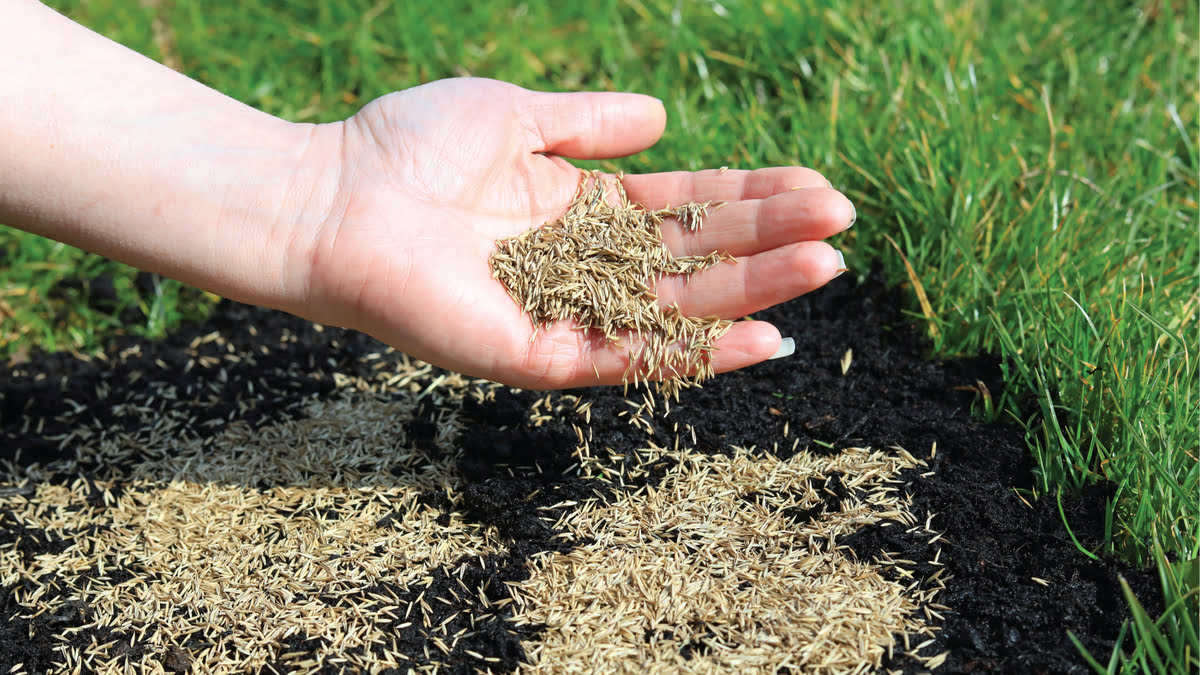
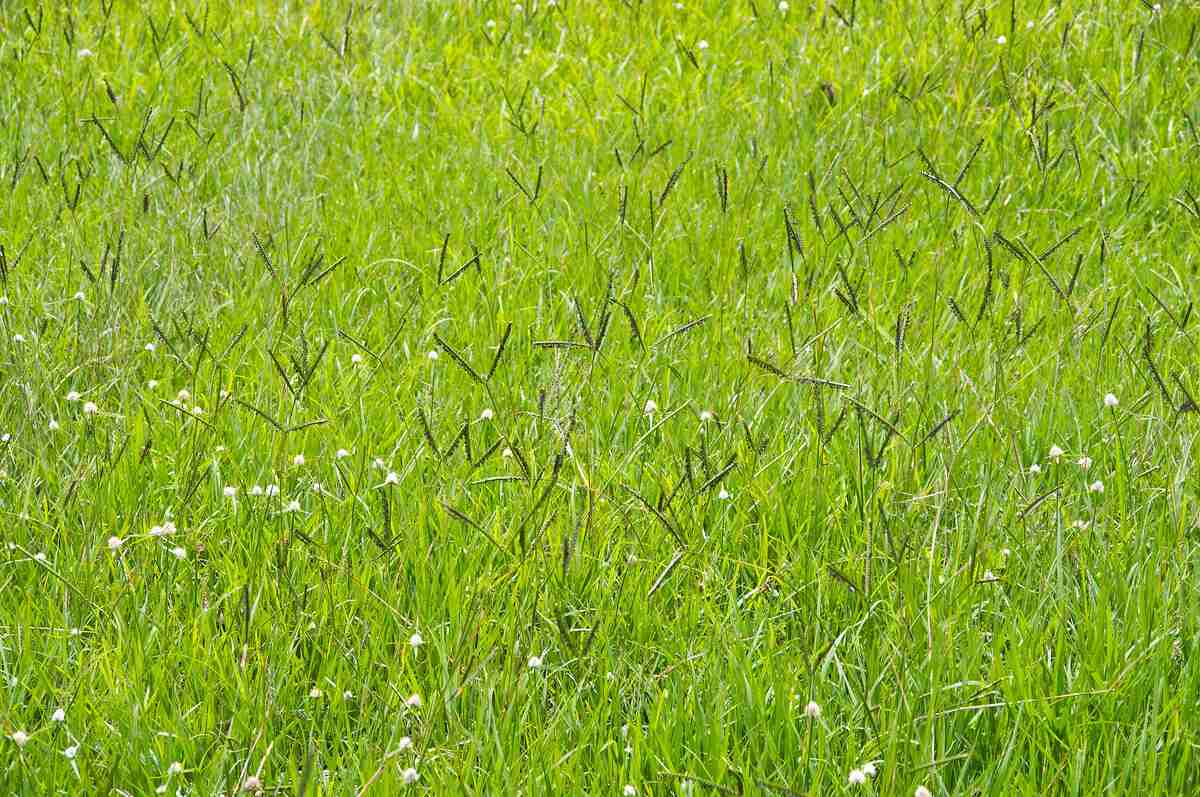
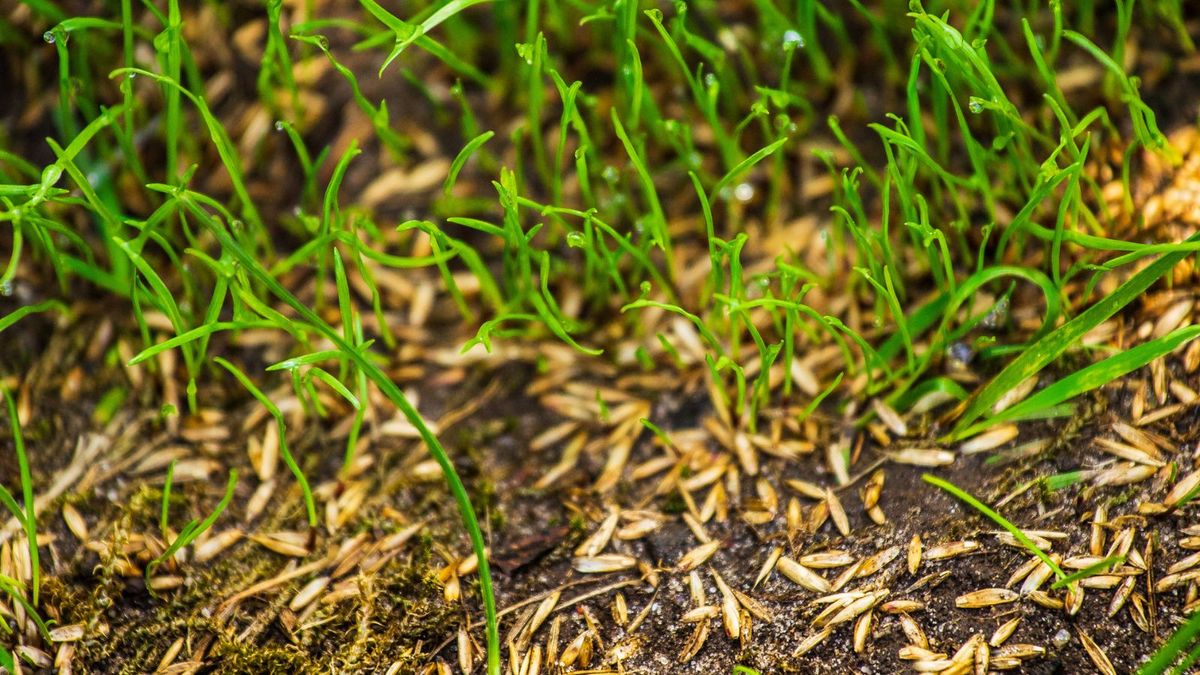
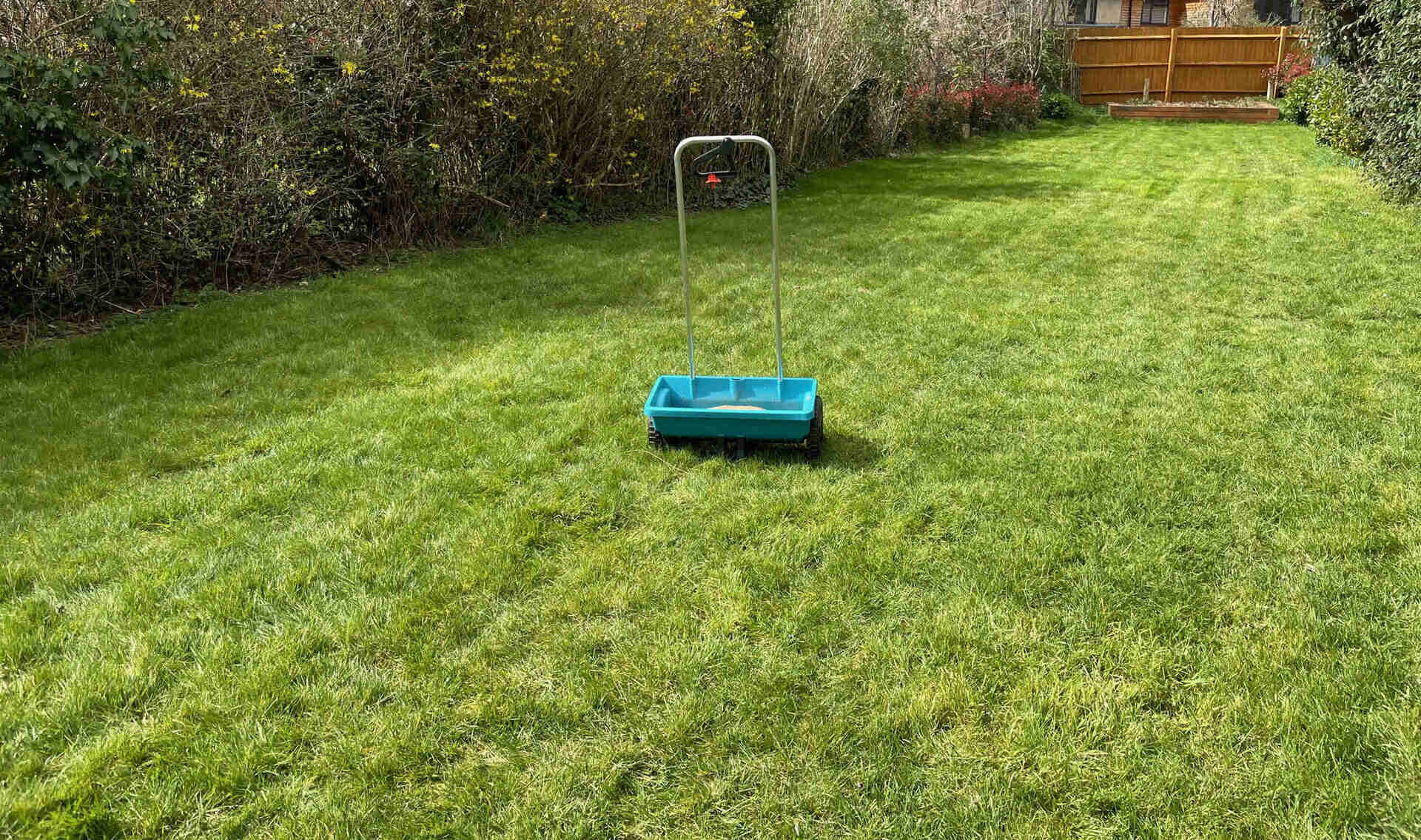
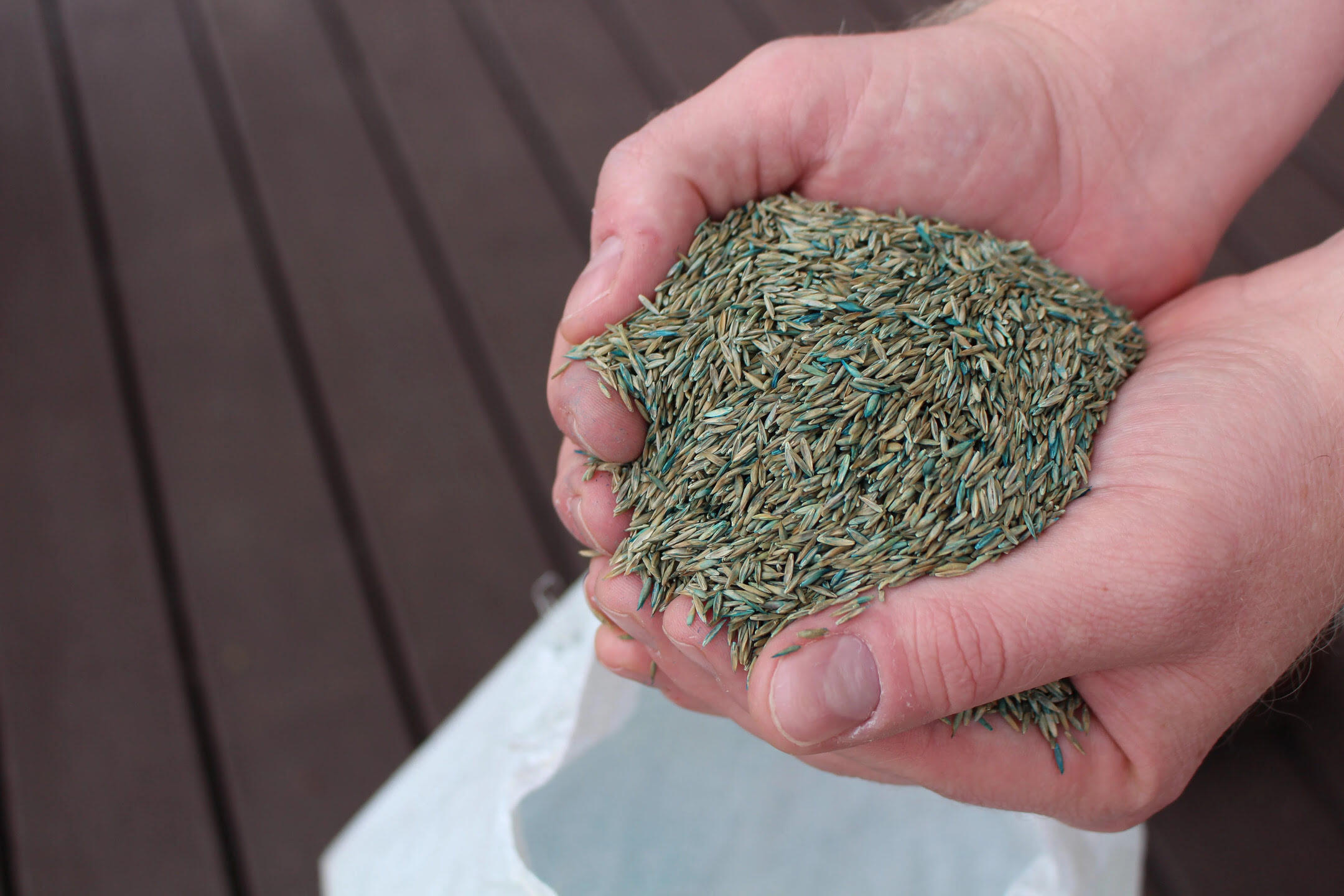
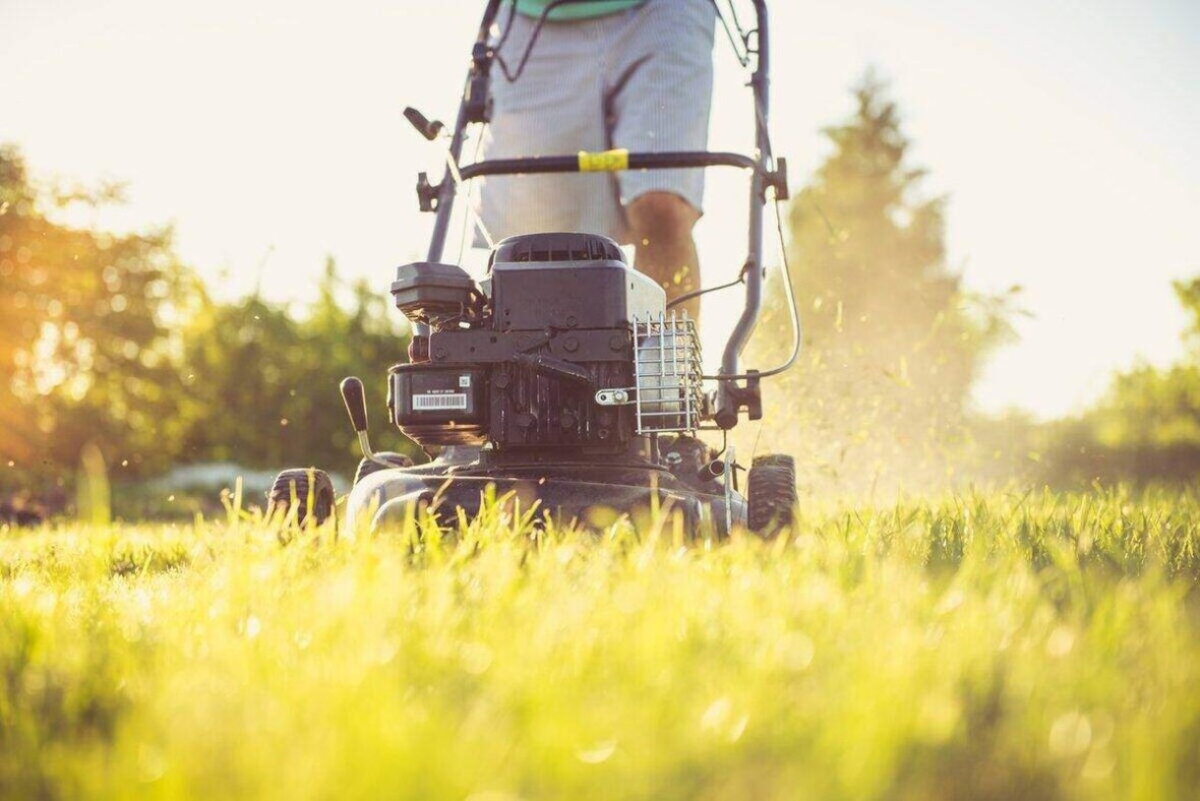
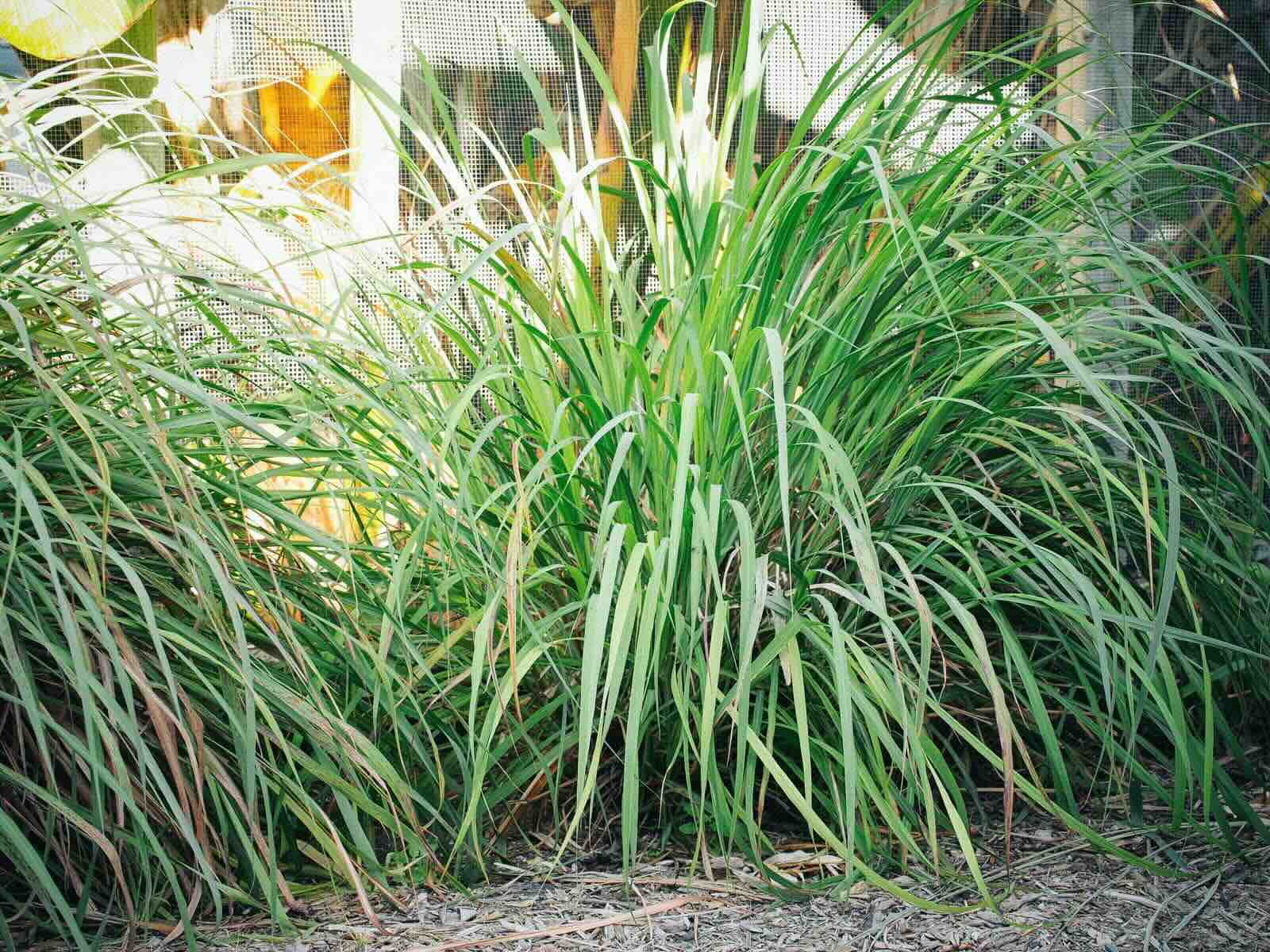
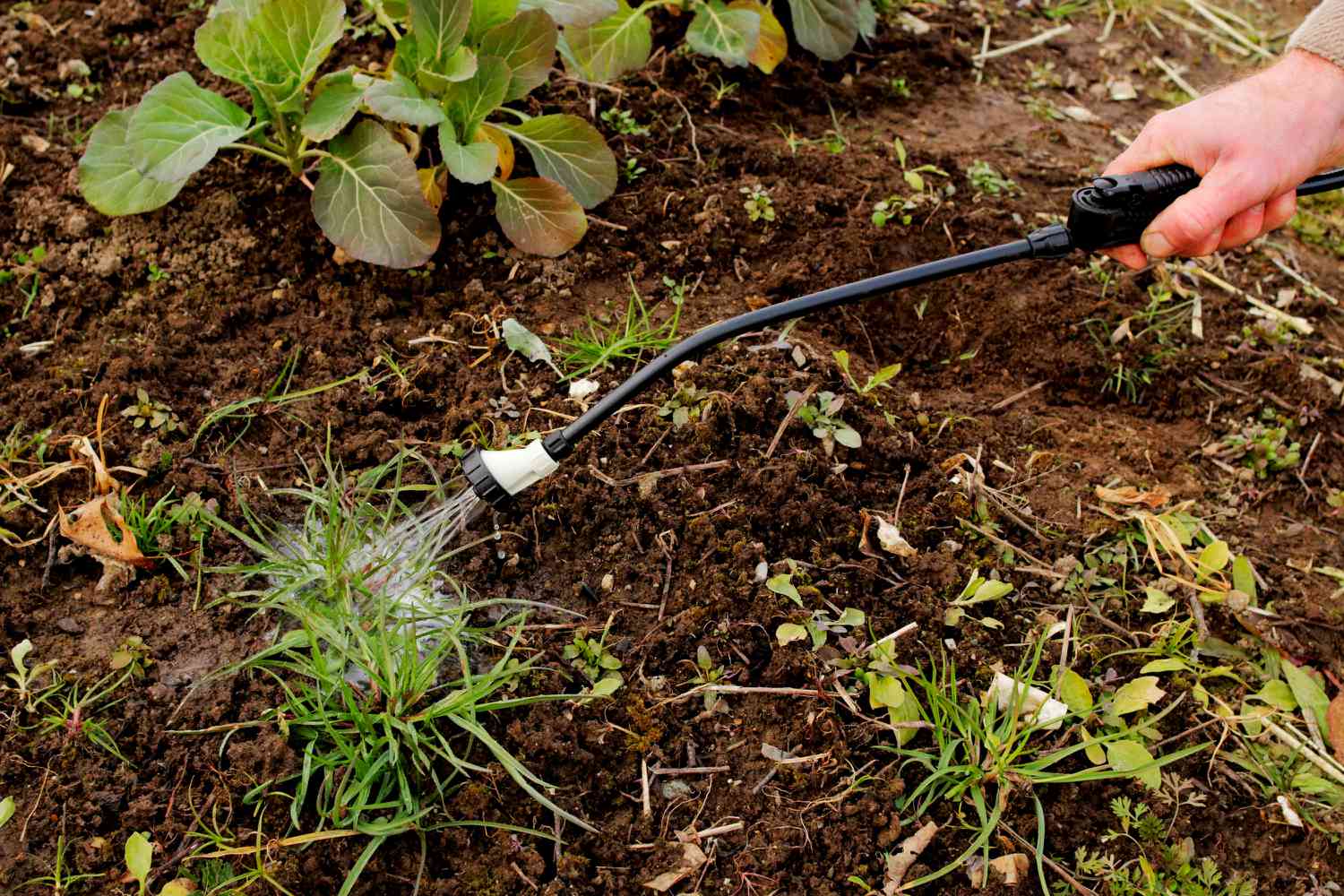
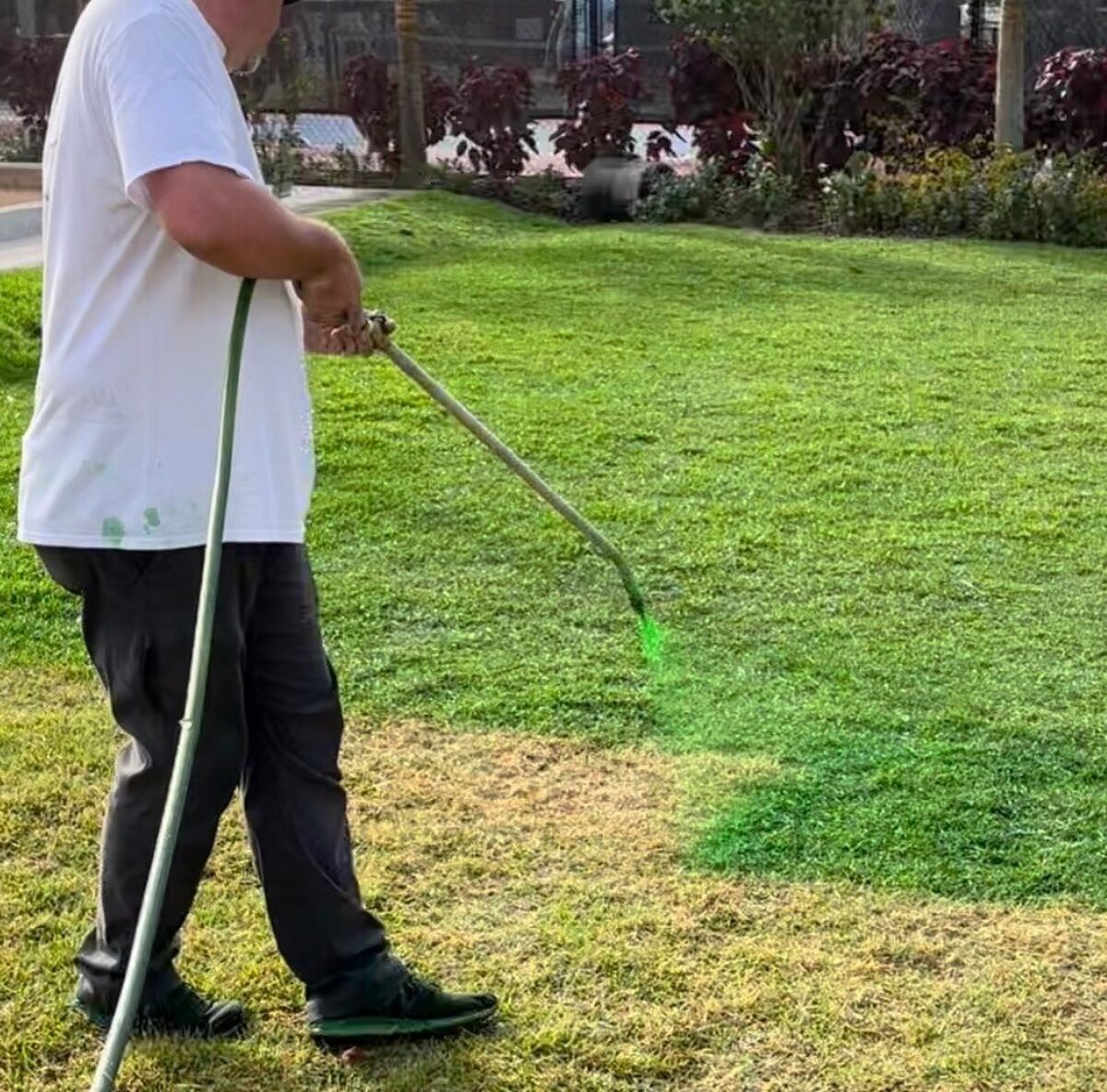
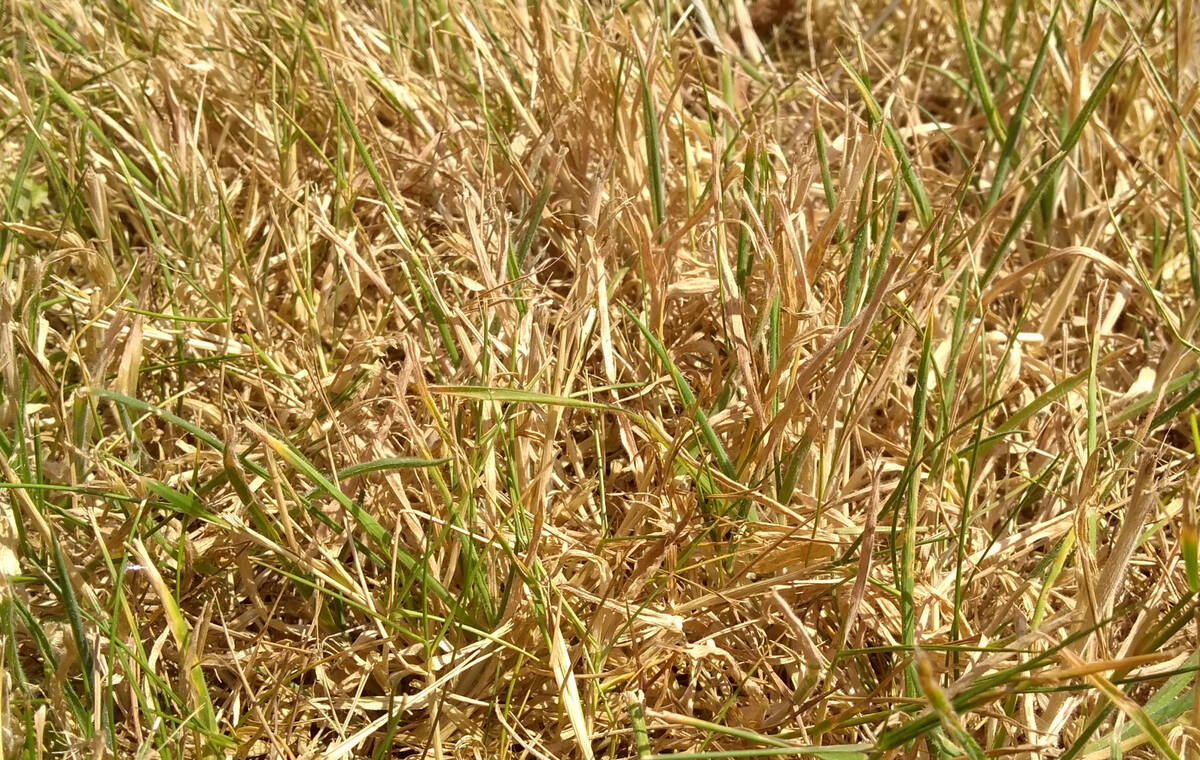
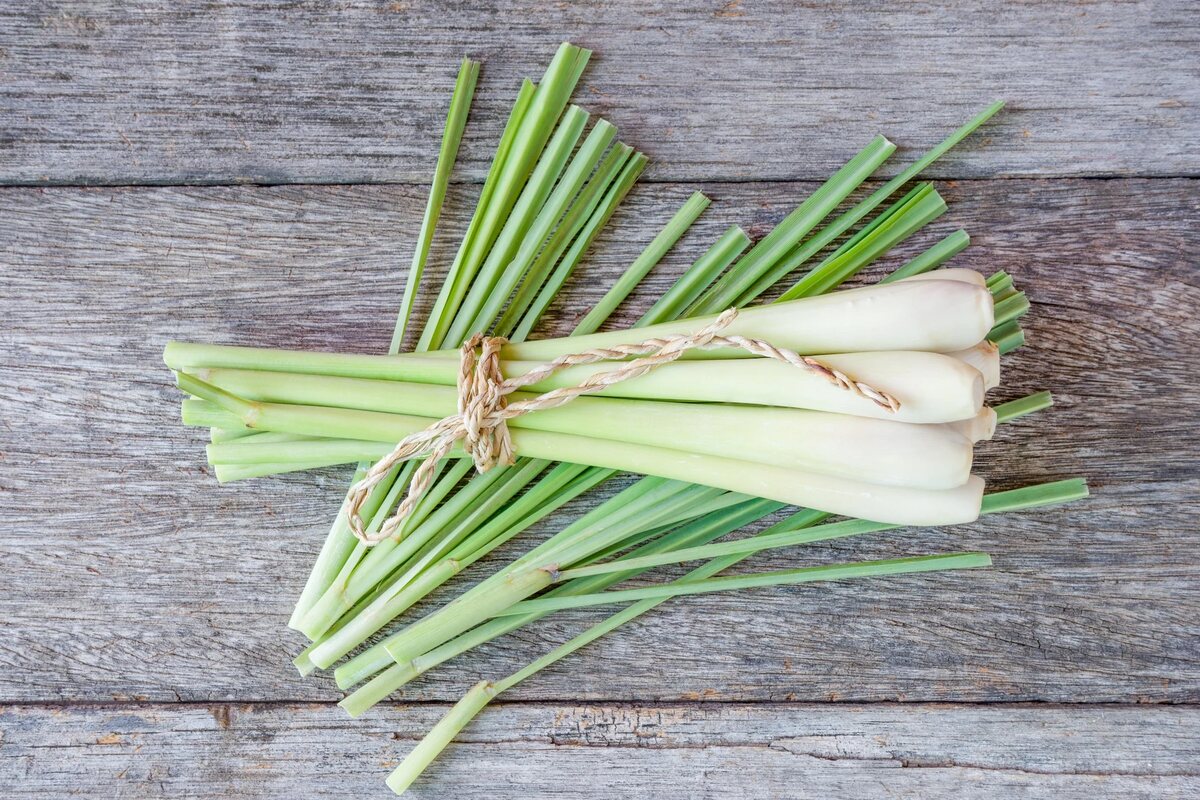
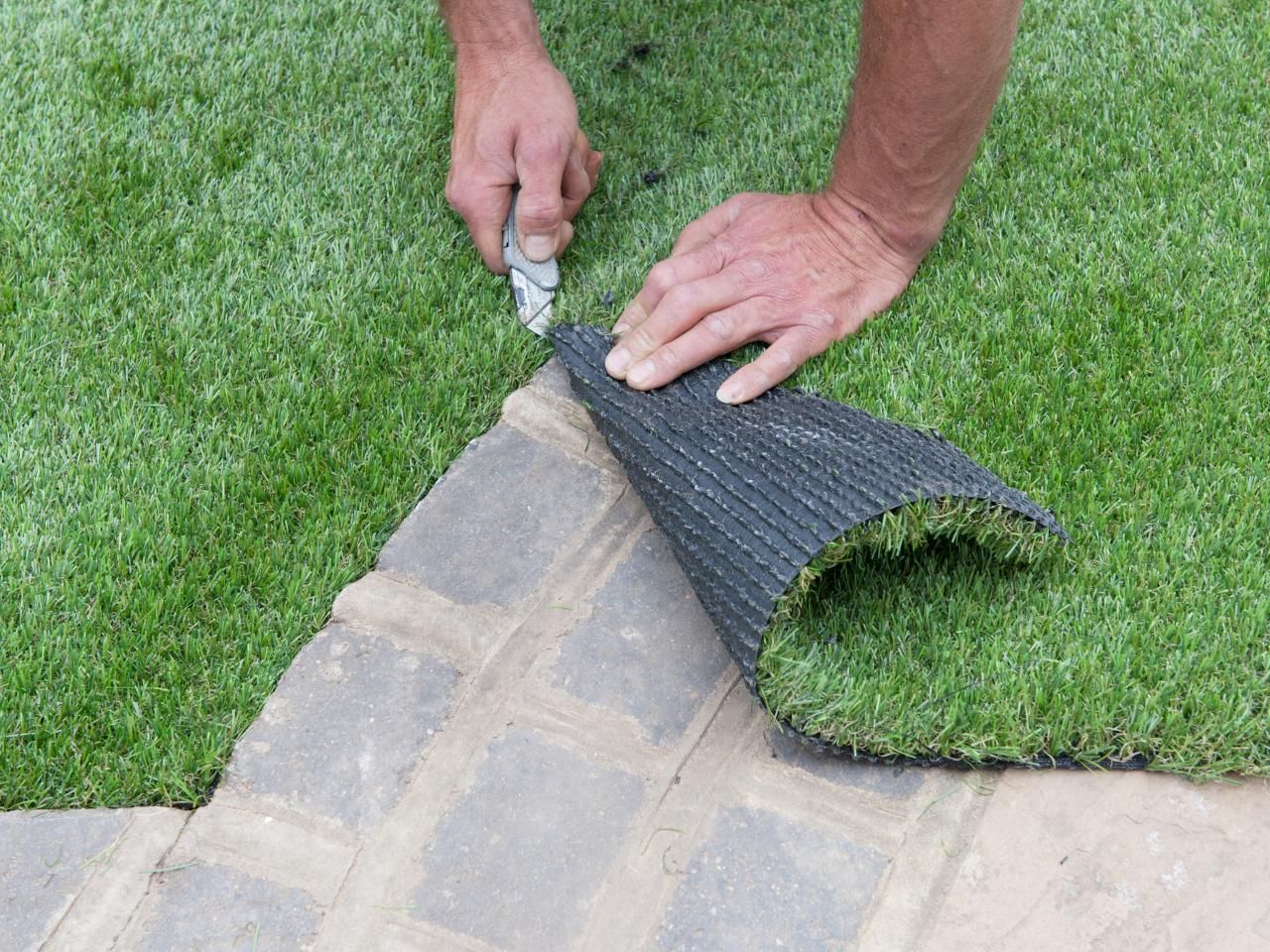
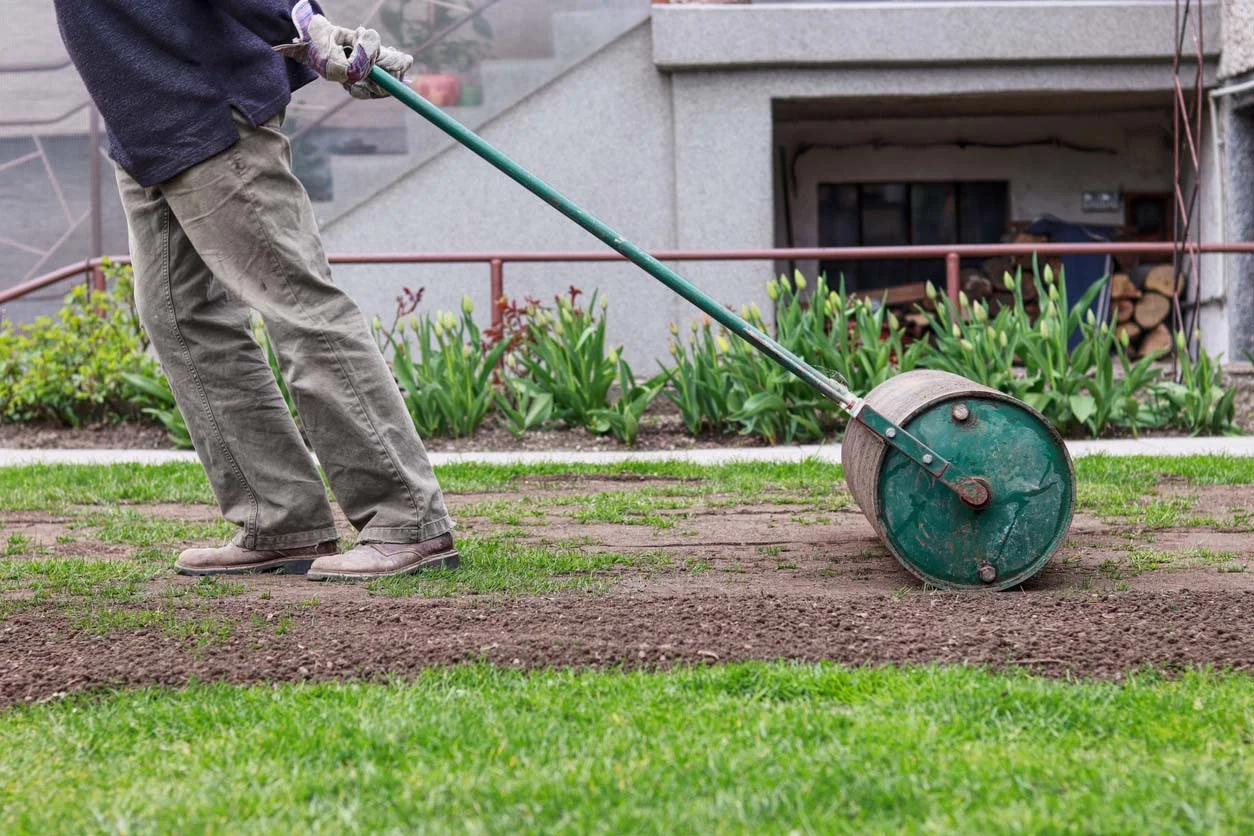

0 thoughts on “How To Overseed Grass”